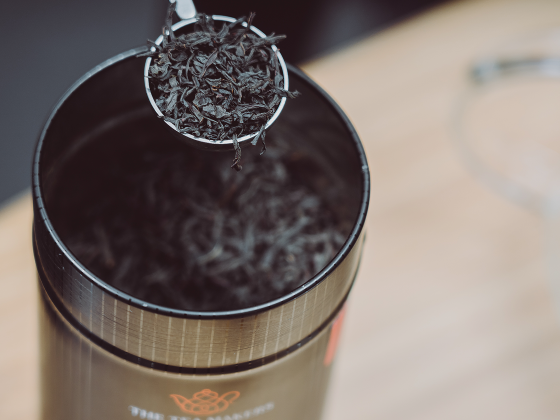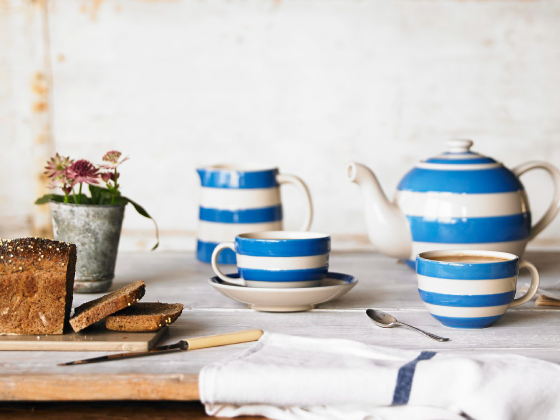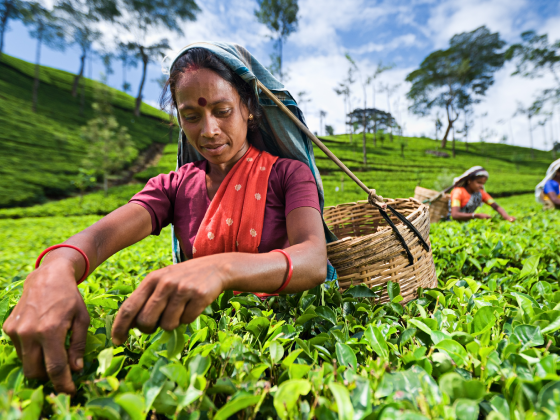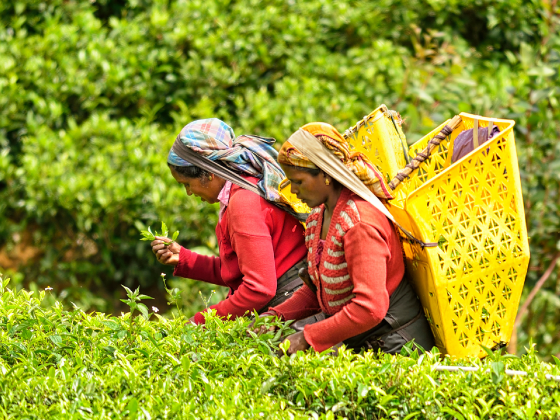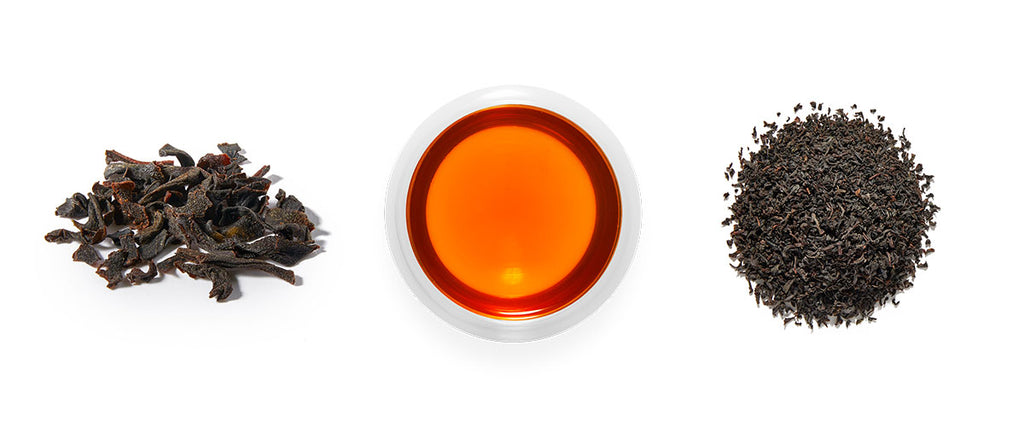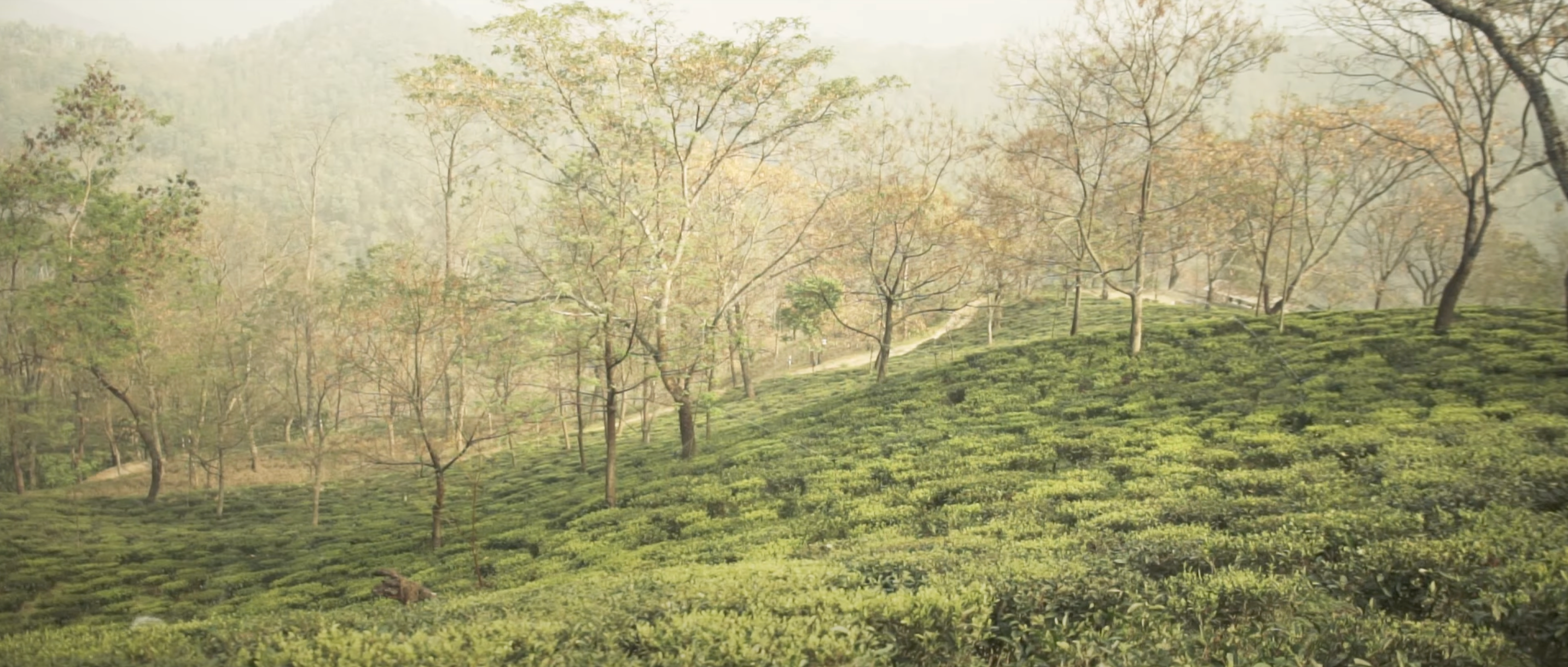Kenilworth Tea Garden
Kenilworth Tea garden is a renowned tea estate located in the Central Province of Sri Lanka, situated in the district of Nuwara Eliya, approximately 102 kilometres from the capital city of Colombo.
This region is historically significant as the site of the first tea plantation of Ceylon, established in 1867.
Established by British planters in 1880, the estate derives its name from Kenilworth Castle in Warwickshire.
The plantation has since become synonymous with premium quality teas produced in Ceylon and is divided into five divisions, sharing proximity with the town of Ginigathena.

Tea Garden Elevation & Rainfall
Sitting at an elevation of 640 meters above seal level, the estate is nestled between the Kelani Ganga and Mahaweli Ganga rivers.
These rivers flow down from the central mountains and the nearby Badupola forest reserve, creating a unique natural habitat that is ideal for producing high-quality Kenilworth Teas.
The estate experiences an annual rainfall of approximately 4500mm and benefits from both the Southwest and North East monsoons.
Tea Plantation Workforce
The estate's success can be attributed to its skilled and dedicated workforce, headed by its superintendent Mr O.G.K.Weerasekara, who is an experienced artisan tea maker.
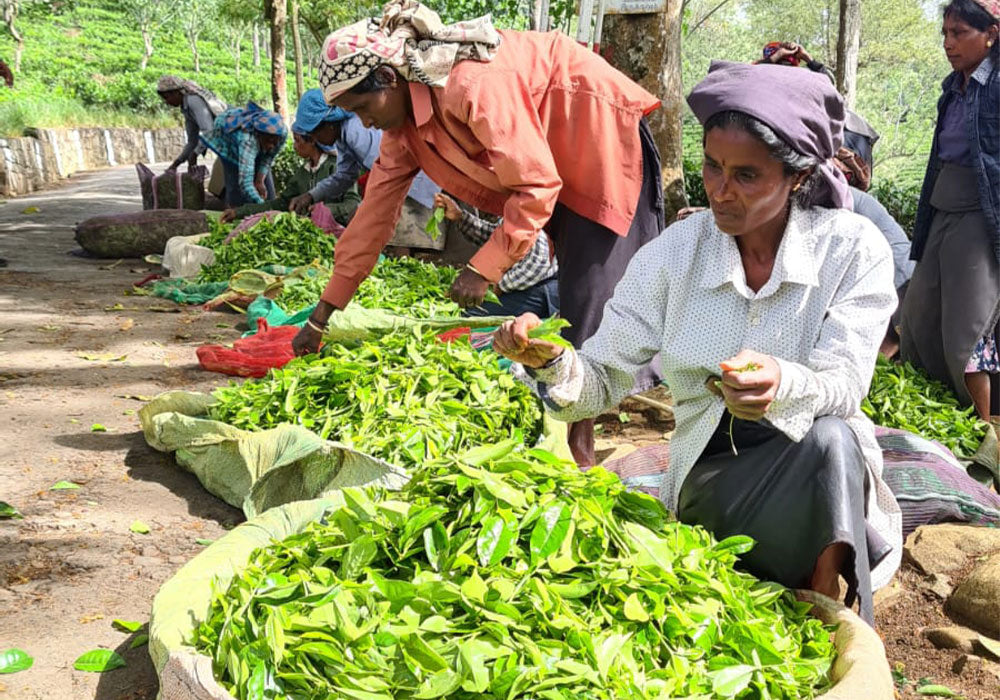
Plucking the most tender leaf is an art that is taken for granted by many but not at Kenilworth.
They have expert tea pluckers' who are well-trained on the job making sure that they source the best raw materials nature has to offer in producing these wonderful teas.
The plucking rounds start at 6am in the morning and the tea leaves are collected at different times of the day to ensure that they are brought to the factory when they're freshest and ready for manufacture.
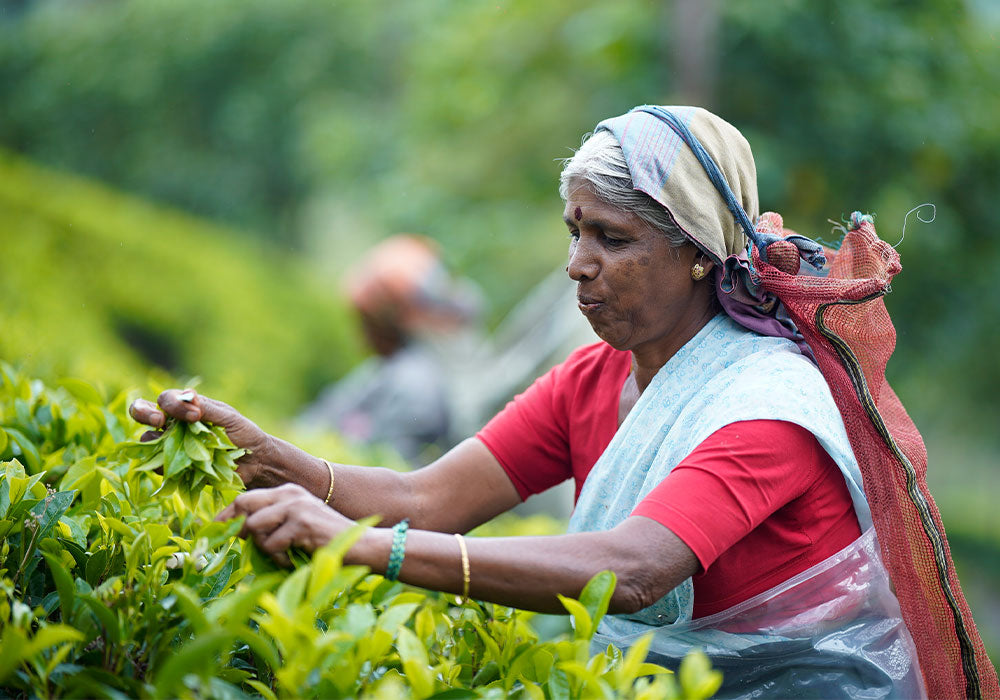
The Working Conditions
The residential workforce makes up approximately 50% of its employees, while others come from neighbouring villages.
The management places a high priority on the well-being of its staff, providing them with comfortable accommodation, schooling for children, medical and health facilities, and an early childhood development centre, all free of charge.
The Tea Factory
The factory has an open structure, which allows for natural trough withering, making the the-making process very natural.
In July 2008, the factory obtained the coveted 'Fair trade Certificate', earning the distinction of a FLO certified producer.
The view from the factory is of the majestic and famous Adams Peak, a popular destination for pilgrimages and tourists throughout the year.

Tea Field Divisions
Kenilworth tea fields consist of five divisions, each with its unique features.
The Black Stone Division
The Black Stone division has a magnificent pond with mini hydropower installed by British planters back in the day.
This field is filled with black rocks making its topography that much different hence the name.
The Gniessrock Division
The Gniessrock division contains the unique Wide Art cultivar, which is different from China Jart.
The KNK 16-3 clone is a special clone developed by the Tea Research Institution of Sri Lanka, using Kenilworth tea, and is now the most prominent clone in this plantation.
Award Winning Kenilworth Tea

The artisans at the factory carefully observe, feel and sniff the tea leaves to determine the time and the height of the drools during fermentation.
This careful process produces our Kenilworth Tea, which has a bright and deep reddish colour, with a yellow halo around the cup.
The tea is aromatic and has floral notes, and its taste is characterised by deep caramel undertones, which leave a long-lasting aftertaste.
Last year over 500 judges, including specially trained food writers and taste-experts, judged thousands of products entered by the world's finest food and drink producers. Very few of these products managed to make the cut and earn the Guild of Fine Food's coveted Great Taste award.
However, our Kenilworth tea was awarded a Great Taste Award star for its uniquely delicious aroma and flavour.
This tea can be enjoyed at any time of day, and is a great alternative to breakfast teas.
Our Kenilworth Tea product page has information on aroma and flavour profiles, brewing instructions and more.
Views of The Estate
We have put together a video, which you can view below, of the stunning landscape of this amazing tea estate, and you can view the stunning origins of this delicious tea for yourself.
Overall, the Kenilworth tea factory is an exemplary place that produces quality tea, and its artisans are skilled and dedicated to the craft.
Want to try the incredible brew that Kenilworth has to offer, check out our Kenilworth single-origin speciality tea, and why not pair it with one of our elegant and functional teapots.
